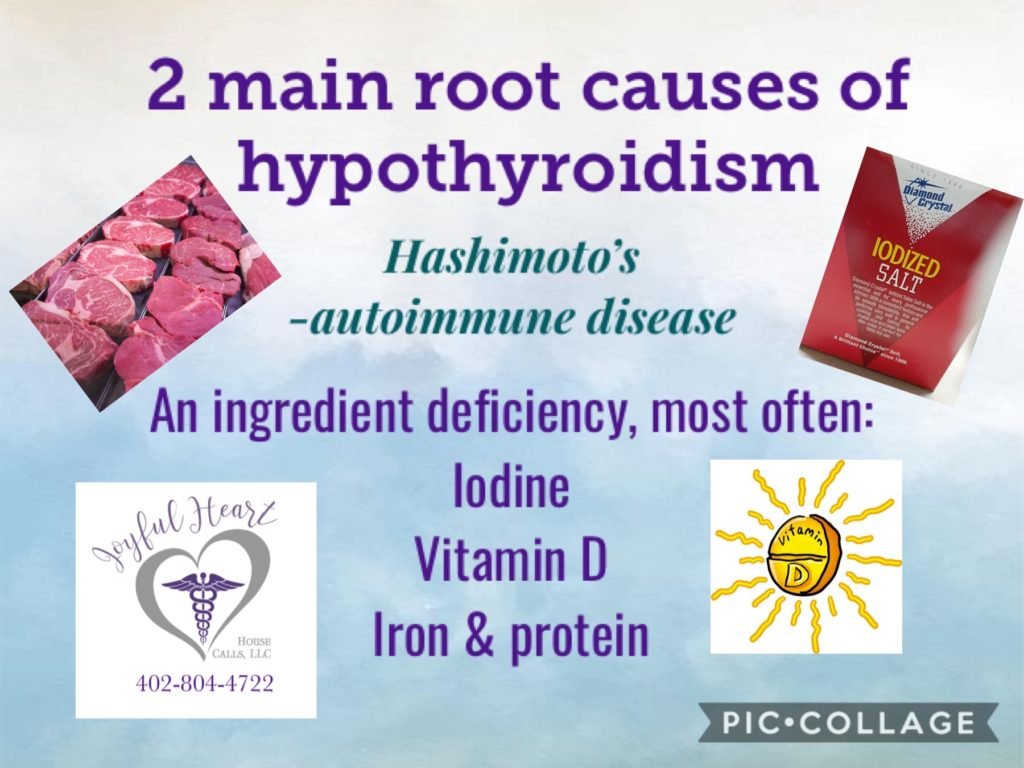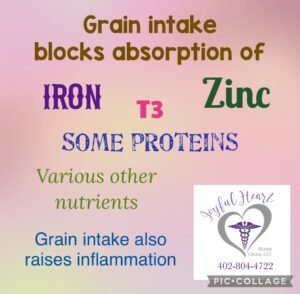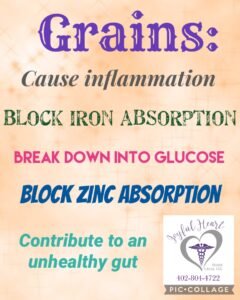Various reports over the past 10-12 years indicate that Americans do not consume adequate protein, as a general rule. Although SOME studies DO indicate that we have faithfully followed all the Standard American Dietary advice to reduce fat intake and processed meats, it appears that we still are poorly nourished overall. Data from the NHANES (National Health & Nutrition Examination Survey) suggest that the typical diet consumed in America may be lacking in essential nutrition for many. The NHANES data is collected via questionnaires to consumers regularly and published on the CDC’s website as it is analyzed. A variety of reports are available and will be used to discuss current dietary patterns here in this article.
DATA from: https://pubmed.ncbi.nlm.nih.gov/30932132/
Protein is one of the 3 macronutrients, commonly referred to as “macros” by those of us in health, nutrition, or dietary careers. Protein is composed of amino acids and many of the amino acids can never be produced or made in the body. Amino acids MUST be consumed in the form of proteins in order for many body processes to occur the way they should. Protein is considered an “essential” nutrient because the body cannot make protein. The body can produce a variety of chemicals and substances, but protein is one of MANY that can NOT ever be produced within the human body – protein MUST be consumed. Protein breaks down into its component parts called amino acids; if you remember back to biology studies, you probably recall the biology instructor drilling “amino acids are the building blocks of the cell” into your head. Amino acids are the basic foundation of every cell; if we do not consume adequate protein, our cells cannot perform many tasks as they should or reproduce appropriately or use ATP (energy) inside the cell. One of the major tasks of protein is reproduction – also known as cell division. To sustain life, cells must continue to replicate consistently. Without adequate protein intake, cellular reproduction can suffer. The lack of adequate protein results in poor cellular health, inadequate mitochondrial function (remember the mitochondria is the “powerhouse” of the cell), and thus, we become fatigued and sick.
Ok, you say; so what foods contain protein? Proteins are mostly in meat products. Proteins are muscle. When we consume meat, digestive enzymes break the proteins down easily into various amino acids that are then reconfigured as our organs and cells need them. These amino acids are used to provide cellular support for a myriad of body processes, including cell division and replication. Complete proteins are found in meat; meat is the best source of protein because it contains COMPLETE proteins. Complete proteins contain the right amount of ALL 9 essential proteins the body needs. We call them complete proteins because the amino acids work in pairs and groups to perform various functions that can NOT be performed with only SOME of the amino acids. Think of it like this: If your recipe calls for eggs, milk, and flour, and you don’t have the flour, your recipe will fail; the cake or bread you’re trying to make, will NOT turn out like cake or bread. The recipe REQUIRES the right ingredients EVERY time in order for you to end up with the product you are trying to make. Our bodies function in much the same way; without adequate protein intake, normal body processes will suffer, resulting in symptoms.

While meat is classified as the best source of complete proteins, it is important to recognize that plant-based proteins are NOT complete proteins. Plant-based proteins provide some of the 9 essential amino acids but without specific amino acid “buddies”, many amino acids available in plant-based foods cannot be utilized; they are instead expelled by the body. Amino acids MUST be available in pairs or certain groups to be useful to organs and processes; when we consume plant-based foods without meats, we deprive the body of essential nutrients, thus contributing to chronic and often severe nutritional deficiencies that can easily lead to poor immunity, fatigue, brain fog, muscle weakness, reproductive hormone imbalance, various digestive problems, and a multitude of other symptoms.
In addition, keep in mind that iron is also an essential mineral that we must consume; the ideal source of iron is red meat. So, if you consume red meat – beef, venison, moose, elk, most wild game meat – you “kill 2 birds with 1 stone.” Red meat is great protein AND an ideal source of iron!! Keep in mind that chicken, turkey, & fish are “white meats” that contain almost zero iron; how do we know that? Because they are white meats – red meat gets its red color from iron – iron is RED. Remember when iron rusts we’re left with a red color? While chicken, turkey and fish are decent sources of protein, they lack iron; so you can have some other types of meat, but just remember where your nutrients come from. It’s vital to consume iron!! Be mindful of iron, protein, and where you’re getting them from. (Also take note of the impact of grains on iron & zinc absorption, as grains break down into phytates; phytates completely BLOCK iron and zinc absorption. So even if you’re eating red meat 2-3 times a day, the iron will NOT be absorbed in adequate amounts; this inadequate absorption of iron will cause anemia.)
Some of the major functions of protein within the body:
Growth of the body during childhood/adolescence, cell division/replication
Maintenance of the body during adulthood, constant cell turnover/replication
Combine with each other to produce enzymes that contribute to a myriad of chemical reactions
Contribute to production of peptides and hormones, including insulin, thyroid, and reproductive hormones
Act as a messenger between all these chemicals and hormones
Form the connective framework of the body; keratin, elastin, & collagen are proteins that literally “glue” tissues together
Useful in providing proper pH for various tissues/chemicals, like hemoglobin (iron on red blood cells) and stomach acid
Maintaining adequate hydration status & fluid balance between tissues
Serve as major component ingredients to immunoglobulins or antibodies, supporting immunity and ability to fight off infections and illness caused by bacteria and viruses
Transport nutrients around the body; a recognized example is the use of the protein hemoglobin on the red blood cell to deliver oxygen to all body tissues & cells
Provide energy when needed; proteins contain about 4 calories per gram, and when fats or carbohydrates aren’t readily available for energy, the body can utilize protein

As you can see, proteins are not just for muscle growth or cell division; proteins really ARE the building blocks of life. Careful review of the use of proteins will reveal that every single body system, chemical, and process relies HEAVILY on adequate protein intake.
When looking at lab results, you can evaluate your body’s response to your protein intake. Look at the protein, albumin and globulin levels on the complete metabolic profile; ideally, the levels measured in the blood will be in the upper half of the given range. If your levels are lower, the body will become a bit stressed because of the lack of protein intake.
Albumin is the most common protein in the plasma; albumin’s main functions are fluid balance and transport of enzymes, hormones, and vitamins to cells and tissues. Globulins make up about 40% of all blood proteins and include hormones, enzymes, and antibodies; low globulin levels can be associated with poor immunity, low hormone levels and a variety of absorption and hormonal symptoms.

How much protein is needed? Standard guidelines suggest that adults need about 0.8 grams of protein per kg of ideal body weight to provide a “basal” amount of protein. This amount of protein provides just enough for basic, life-sustaining functions and typical activities of a sedentary lifestyle. Increased amounts of protein may be needed for vigorous work habits, intense exercise, or other specific needs. For children, ideal protein intake is about 1 gram of protein for every pound of body weight, or about double that of adults; the additional protein is required for proper growth, cell division/replication, and development of our kids. How does this translate into “real life” eating? Let’s do a little math:
For an adult who should weigh approximately 150 lbs, the protein needs would be calculated as: 150/2.2 = 68 grams of protein per day, or about 9.7 ounces of meat per day, or about 3.2 ounces of meat per meal if eating 3 meals a day. For an adult whose ideal body weight is 200 lbs, the protein needs would be calculated as: 200/2.2 = 91 grams of protein per day, or about 13 ounces of meat per day, or 4.3 ounces per meal if eating 3 meals a day. If consuming only 2 meals a day, the 9.7 grams (or the 13 grams) could be divided by 2; 9.7/2 = 4.85 grams of protein per meal or 13/2 = 6.5 grams of protein per meal. These calculations can be used as the basis of your protein needs, but keep in mind that many people will vary a bit in protein needs. (Standard conversion of pounds to kg is 1 lb. = 2.2 kg)
For children, it’s even simpler; if a child weighs 30 lbs, s/he will need about 30 grams of protein, or about 4.3 ounces of meat per day; again, note that an athlete or very active child may require a bit more. If a child weighs 75 lbs, s/he will need about 75 grams of protein throughout the day, or about 10.7 ounces of meat. These calculations are based on an AVERAGE protein CONTENT of 7 grams per ounce of meat.
DISCLAIMER:
The information provided in this article and on the Joyful Heart House Calls/KetoNurses blog should be taken as basic & general information, and NOT as medical advice. All information presented by JHHC/KetoNurses should be carefully evaluated and discussed with YOUR health care professional.





